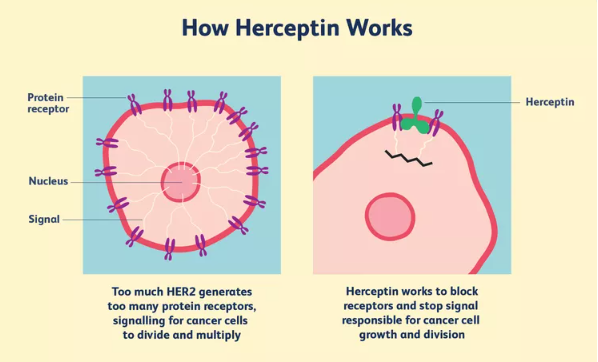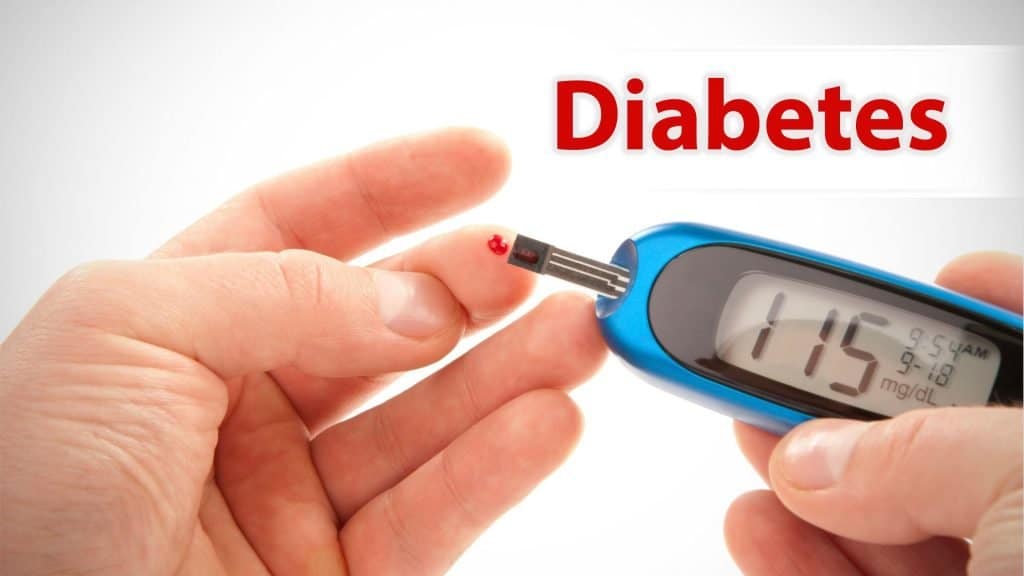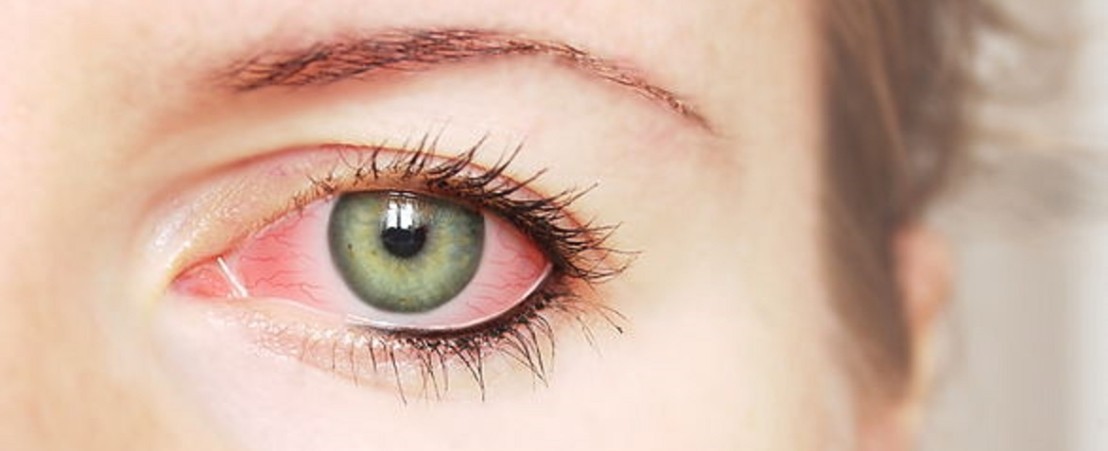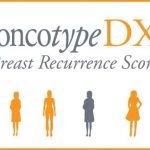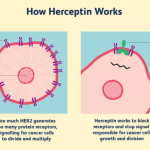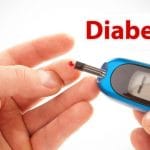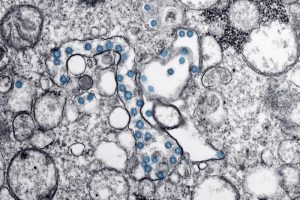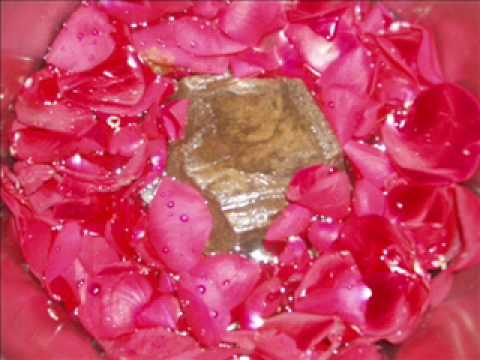Pathology Mnemonics for study tips part two …
Immune mediated noncaseating granulomas/ [Ig] increase
Diabetes insipidus/ [D vit.] increase/ Dyspnea
Osteopathy
Skin (Subcutaneous nodules, erythema nodosum)
Interstitial lung fibrosis/ IL-1
Seventh CN palsy
Blood disorders: commoner sex HE (male) gets:
HEmophilia (X-linked)
HEinz bodies (G6PD deficiency, causing HEmolytic anemia: X-linked)
HEmochromatosis (male predominance)
HEart attacks (male predominance)
HEnoch-Schonlein purpura (male predominance)
SHE (female) gets:
SHEehan’s syndrome
Thyroid storm characteristics “Storm HITS girls cAMP“:
Thyroid storm due to:
Hyperthyroidism
Infection or Illness at childbirth
Trauma
Surgery
· girls: Thyroid storm more common in females.
· cAMP: Tx involves high dose of beta blockers (beta receptors work via
cAMP)
· Alternatively: “S#IT storm“: Surgery, Hyperthyroidism,
Infection/ Illness, Trauma.
Hypothyroidism/thyroiditis: maifestations and morphology “A
SCHISM among the Axis during WWII”:
Addison disease
Subacute thyroiditis
Cretinism/ Cold intolerance/ Constipation
Hashimoto’s disease
Infectious-subacute thyroiditis
Silent thyroiditis
Myxedema coma
· The Axis: Schimidt syndrome (when other endocrinology disorders accompany
Hashimoto’s disease) and “Hitler cells” (Hurthle cells, which are follicular
epithelial cells with basophilic inculsions)
Pheochromocytoma: 3 most common symptoms “PHEochromocytoma”:
Palpitations
Headache
Edisodic sweating (diaphoresis)
Necrosis: the 4 types “Life Can Get
Complicated”:
Liquifactive
Coagulation
Gangrene
Caseous
· ‘Life’ used since necrosis is ‘death’.
Thyroid carcinoma: features, prognosis of most popular Most
Popular is Papillary.
· Clinical features:
Papillae (branching)
Palpable lymph nodes
“Pupil” nuclei (Orphan Annie)
Psammoma bodies within lesion (often)
· Also, has a Positive Prognosis (10 year survival rate: 98%).
Inflammatory Bowel Disease: which has cobblestones Crohn’s
has Cobblestones on endoscopy.
Gout: factors that can precipitate an attack of acute gouty arthritis
DARK:
Diuretics
Alcohol
Renal disease
Kicked (trauma)
· And, the attack occurs most often at night [thus “dark”].
Paget’s disease of bone: signs and symptoms Four L’s:
Larger hat size
Loss of hearing: due to compression of nerve
Leontiasis ossea (lion-like face)
Light-headed (Paget’s steal)
Adrenal disorders: Cushing’s vs Addison’s Cushing: is
Gushing cortisol.
In Addison’s: patient’s cortisol doesn’t Add up.
Aneurysm types MAD SCAB:
Mycotic
Atherosclerotic
Dissecting
Syphilitic
Capillary microaneurysm
Arteriovenous fistula
Berry
Nephrotic syndrome: hallmark findings “Protein LEAC“:
Proteinuria
Lipid up
Edema
Albumin down
Cholesterol up
· In nephrotic, the proteins leakout.
Ovarian cancers: important types, by WHO classification ·
Surface:
“My Sister Began Experiencing Cancer”:
Mucinous
Serous
Brenner
Endometrioid
Clear
· Germ cell:
“Doctor Examined The Ovaries”:
Dysgerminoma
Endometrial sinus
Teratoma
Ovarian choriocarcinoma
· Sex cord:
“She Felt Grim”:
Sertoli-Leydig
Fibroma
Granulosa-theca
· Metastatic
“Killed”:
Krukenberg
Kwashiorkor: distinguishing from Marasmus FLAME:
Fatty Liver
Anemia
Malabsorption
Edema
Hemolytic anemia types SHEEP T!T:
Sickle cell
Heriditary splenocytosis
Enzyme deficiencies: [G6P, pyruvate kinase]
Erythroblastosis fetalis
Paroxysmal nocturnal hemoglobinuria
Trauma to RBCs
Immunohemolytics: [warm Ab, cold Ag]
Thalassemias: [alpha, beta]
Oral cancer risks PATH LAB:
Plummer-vinson syndrome
Alcohol
Tobacco
Human papilloma virus
Leukoplakia
Asbestos
Bad oral hygiene
Calculi: types CAlCUli:
Calcium
Ammonium magnesium phosphate
Cystine
Uric acid
Wernicke-Korsakoff triad Syndrome in alchoholics, who love
to “drink CANs of beer”:
Confusion
Ataxia
Nystagmus
Wernicke-Korsakoff’s psychosis: findings COAT RACK:
· Wernicke’s encephalopathy (acute phase):
Confusion
Ophthalmoplegia
Ataxia
Thiamine tx.
· Korsakoff’s psychosis (chronic phase):
Retrograde amnesia
Anterograde amnesia
Confabulation
Korsakoff’s psychosis
Atherosclerosis risk factors “You’re a SAD BET with
these risk factors”:
Sex: male
Age: middle-aged, elderly
Diabetes mellitus
BP high: hypertension
Elevated cholesterol
Tobacco
Duchenne vs. Becker Muscular Dystrophy Duchenne Muscular
Dystrophy (DMD) : Doesn’t Make Dystrophin.
Becker Muscular Dystrophy (BMD): Badly Made
Dystrophin (a truncated protein).
Multiple Endocrine Neoplasia (MEN) subtype classification
Each subtype has 2 or 3 causes, plus something 1 or 2 more items.
MEN I is disease of 3 P’s: [Pituitary, Parathyroid, Pancreas]
plus one more: adrenal cortex.
MEN II is disease of 2 C’s: [Carcinoma of thyroid, Catacholamines
(pheochromocytoma)] plus two more: parathyroid for MEN IIa or mucocutaneous
neuromas for MEN IIB (also called MEN III).
Takayasu’s disease is Pulseless disease “Can’t Tak’a ya
pulse” (Can’t take your pulse):
Takayasu’s disease known as Pulseless disease, since pulse is weakened in the
upper extremities.
Hypercalcemia: symptoms of elevated serum levels “Bones,
Stones, Groans, Moans“:
Bones: pain in bones
Stones: renal
Groans: pain
Psychic moans/ Psychological overtones: confused state
Colon carcinoma: aeitiology CRAPS:
Chronic ulcerative colitis
Ratio of animal fat:fibre diet
Adenomatous polyps
Familial Polyposis
Strong family history of colon cancer.
Kawasaki Disease Criteria “Be careful when riding a
Kawasaki motorcycle, you might get CREAMed.
Conjunctivitis (non-exudative)
Rash (polymorphous non-vesicular)
Edema (or erythema of hands or feet)
Adenopathy (cervical, often unilateral)
Mucosal involvement (erythema or fissures or crusting)
To have Kawasaki disease you must have fever for greater than 5 days plus 4 of
the above.
Neurofibromatoses: chromosome mutation locations in von Reckinghausen
(type I) vs. type II “von Recklinghausen” has 17 letters
and is due to a mutation on chromosome 17.
“Neurofibromatosis type 2” has 22 and is due to a mutation on
chromosome 22.
Fat embolism: findings “Fat, Bat, Fract“:
Fat in urine, sputum
Bat-wing lung x-ray
Fracture history
· Also, fracture of FEMur causes Fat EMboli.
Histiocytosis X: hallmark finding “Birbeck’s rackets
is X“:
Tennis rackets under electron microscope is Histiocystosis X.
Consider 2 tennis rackets in an X formation.
